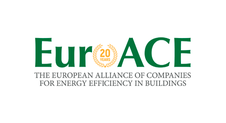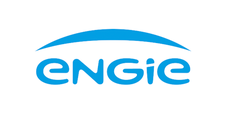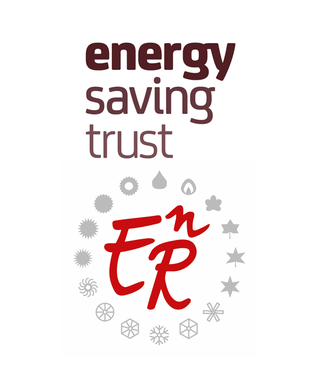Search eceee proceedings
A review of the residential efficient lighting programme rollout in South Africa
Panel: 1. The dynamics of limiting (energy) consumption
This is a peer-reviewed paper.
Authors:
Theodore Covary, UNDP, South Africa
Stephane de la Rue du Can, Lawrence Berkeley National Laboratory, USA
Mercy Shuma-Iwisi, University of the Witwatersrand, South Africa
Abstract
Through its tremendous progress in electrification and with the Free Basic Electricity social program, South Africa provides the most elementary benefit of electricity –lighting- to most households in the country. Transitioning to super-efficient technologies, such as LED, can therefore have a profound impact. For low income consumers reducing the consumption of lighting has the potential to provide access to extended usage or secondary applications. For the national utility still struggling to provide reliable service, reducing the peak load (18h00 to 20h00) brings greater stability. And, for national government, it delivers the benefits of large-scale energy savings and emissions reduction in South Africa, where electricity is mostly produced from coal. Yet, residential lighting is at a crossroads in South Africa. Eskom’s highly successful rollout of over 60 million CFL’s cemented consumer perception that the technology is the de facto energy saver for lighting, resulting in limited consumer appetite or interest towards LED’s.
Indeed, the market may be regressing - recent research undertaken by the authors has found that low income consumers are reverting to illegally imported but significantly cheaper incandescent lightbulbs now that the utility CFL rollout programme has ended. Policy makers are grappling with how best to adopt policies that will accelerate the transition to more energy efficient lighting technologies for the benefit of consumers, industry and the society as a whole. In this paper, we will provide an overview of the residential lighting market, review recent changes in technology, consumer trends and then assess the potential benefits and costs of moving to more efficient technologies. The paper will conclude by recommending a policy implementation approach which could be considered by national government in its quest to accelerate the transition to more efficient lighting technologies in South Africa.
Downloads
Download this presentation as pdf: 1-070-19_Covary_Presentation.pdf
Download this display as pdf: 1-070-19_Covary_display.pdf
Download this paper as pdf: 1-070-19_Covary.pdf
Panels of
1. The dynamics of limiting (energy) consumption
2. What's next in energy policy?
4. Monitoring and evaluation for greater impact
5. Smart and sustainable communities
7. Make buildings policies great again
8. Buildings: technologies and systems beyond energy efficiency
9. Improving energy efficiency in ICT, appliances and products

























